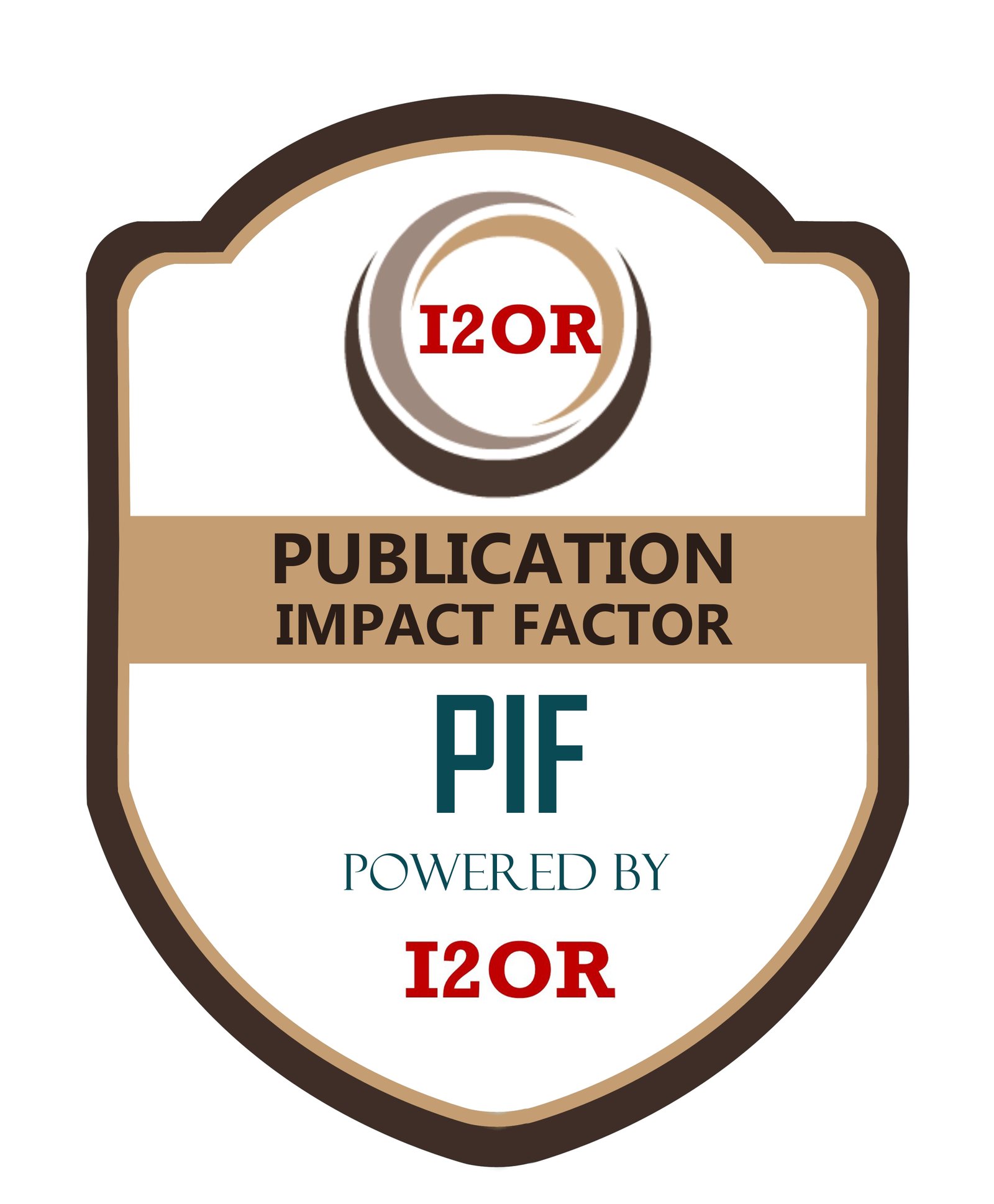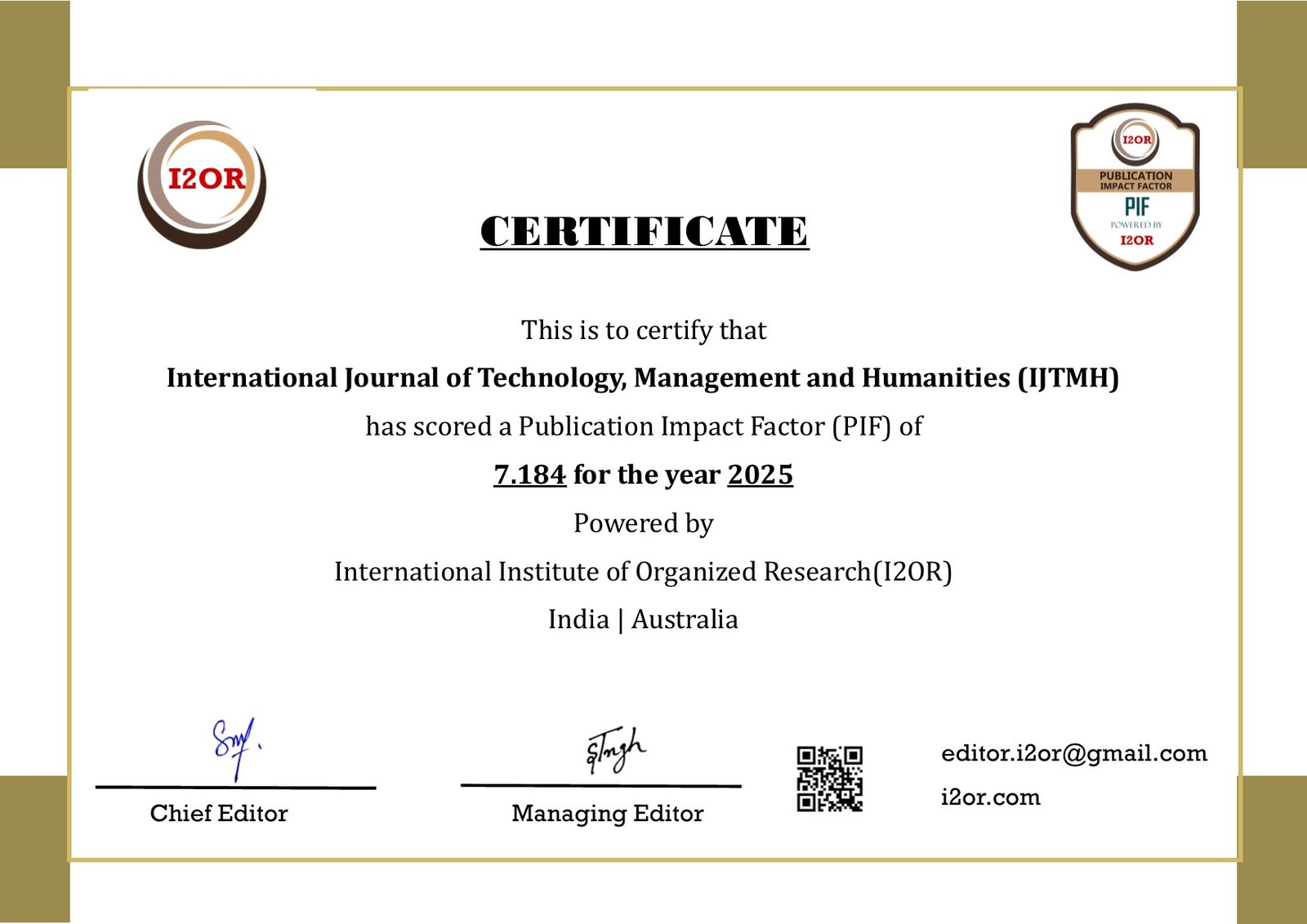Optimizing Africa’s Semiconductor Supply Chains Through AI-Powered Predictive Logistics and Anomaly Detection
DOI:
https://doi.org/10.21590/Keywords:
Africa; semiconductor value chain; supply chain resilience; predictive logistics; artificial intelligence; anomaly detection; manufacturing efficiency; logistics networks.Abstract
Africa’s entry into the global semiconductor value chain is gathering momentum. Countries such as South Africa, Kenya,
Morocco, Egypt, and Rwanda are beginning to establish design hubs, assembly and packaging plants, and logistics
corridors that connect them to global markets. Yet, the continent’s semiconductor supply chains face significant structural
challenges. Long lead times, fragmented logistics networks, unpredictable border delays, volatile demand, and limited
end-to-end visibility are persistent obstacles. Unlike other industries, semiconductor manufacturing depends on highly
precise, time-sensitive movements of materials and components. A single delayed shipment of packaged ICs or wafers
can halt production lines worth millions of dollars.
To address these challenges, African semiconductor stakeholders are turning to artificial intelligence—specifically,
predictive logistics and anomaly detection. By embedding these technologies into their supply chain operations, African
chipmakers, OSAT facilities, logistics providers, and policymakers can move from reactive problem-solving to proactive
decision- making, dramatically increasing reliability, efficiency, and resilience.







